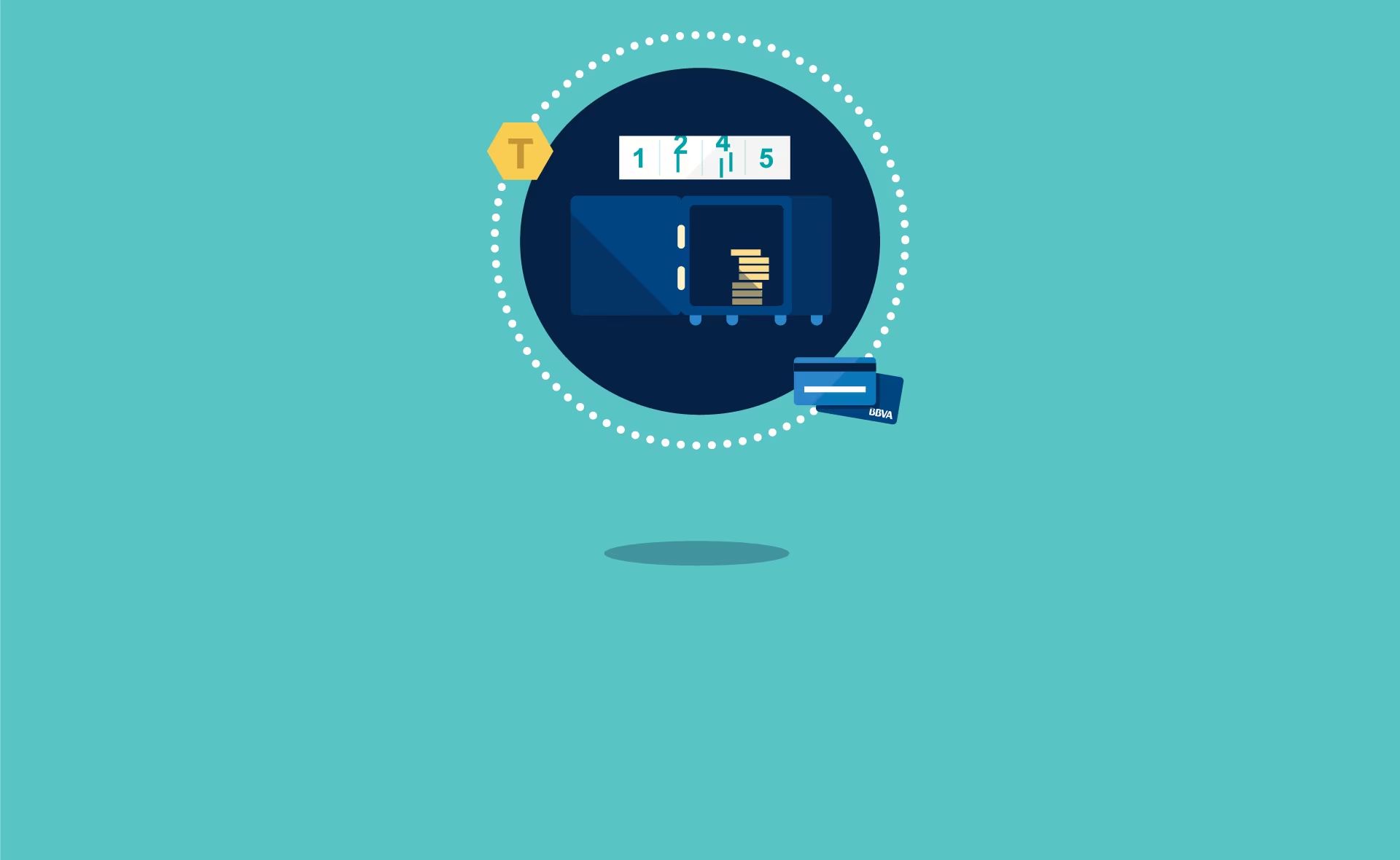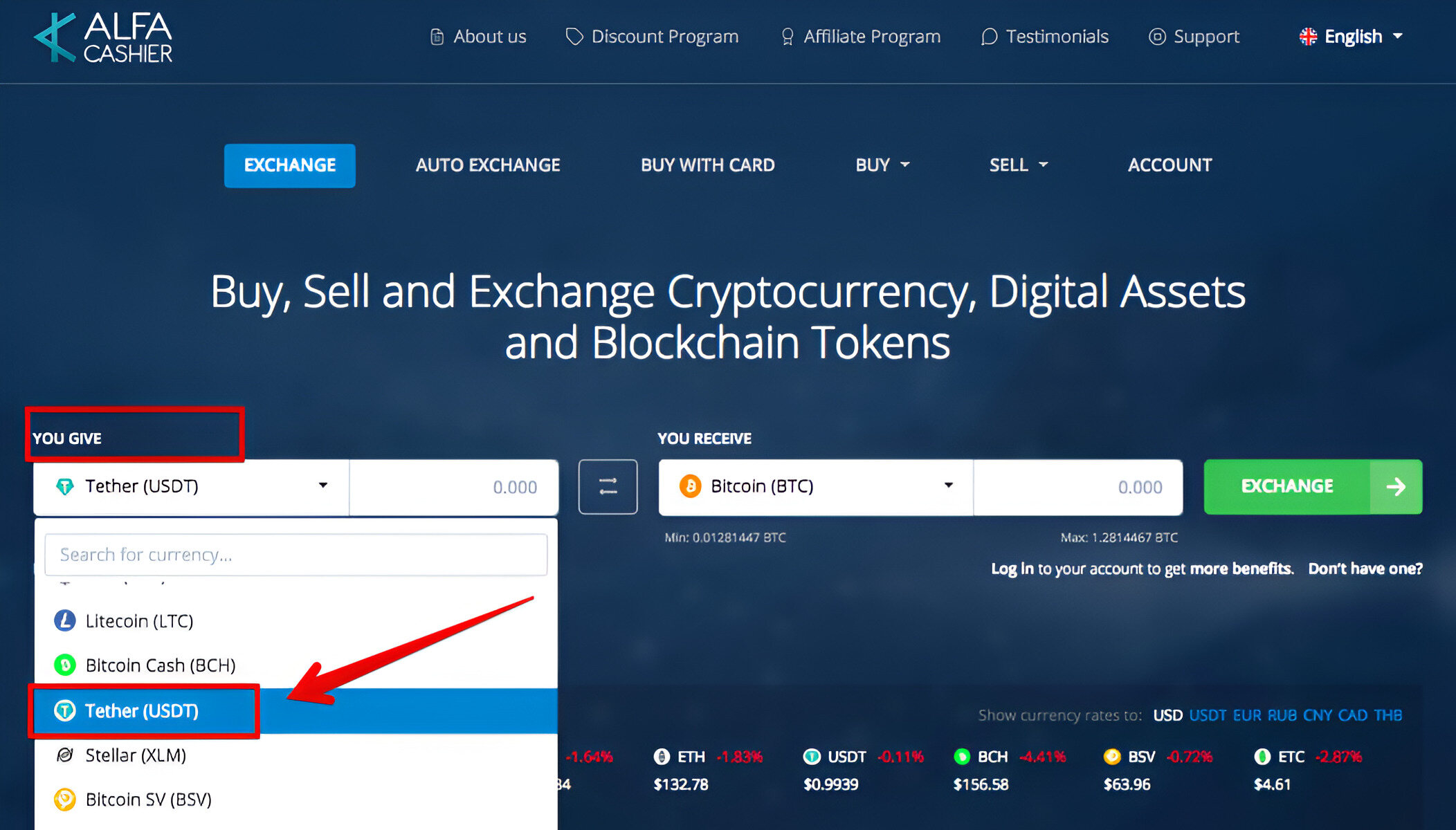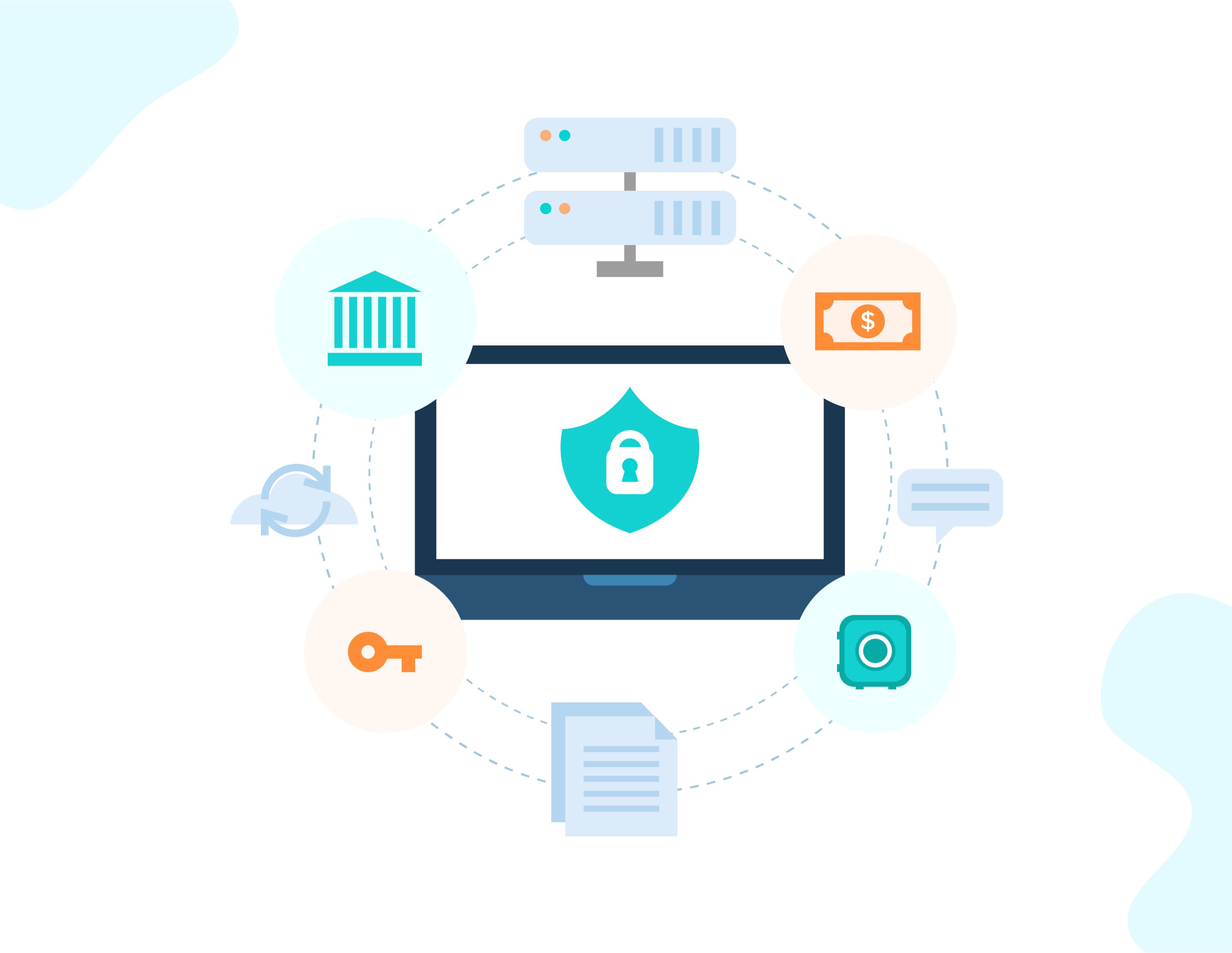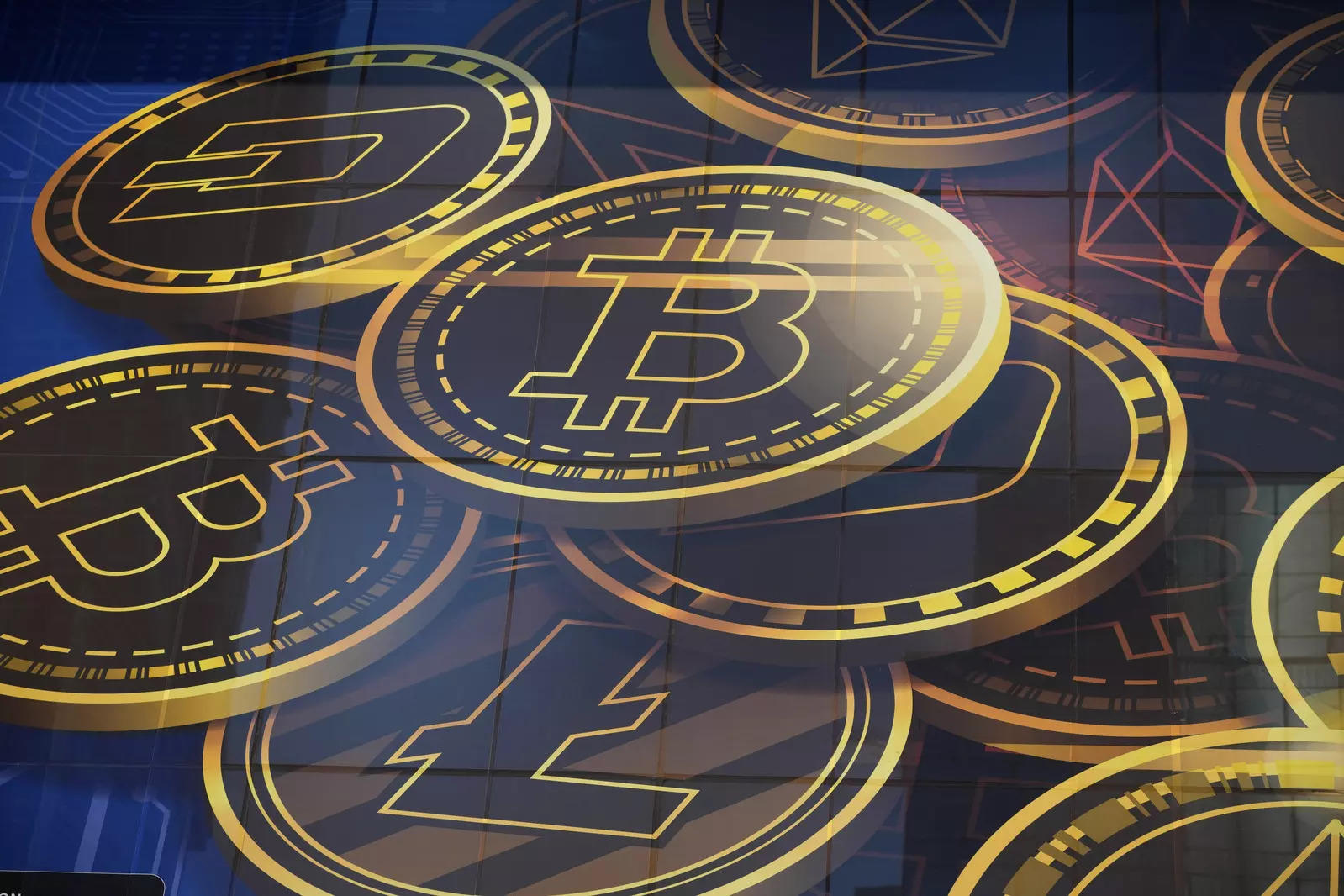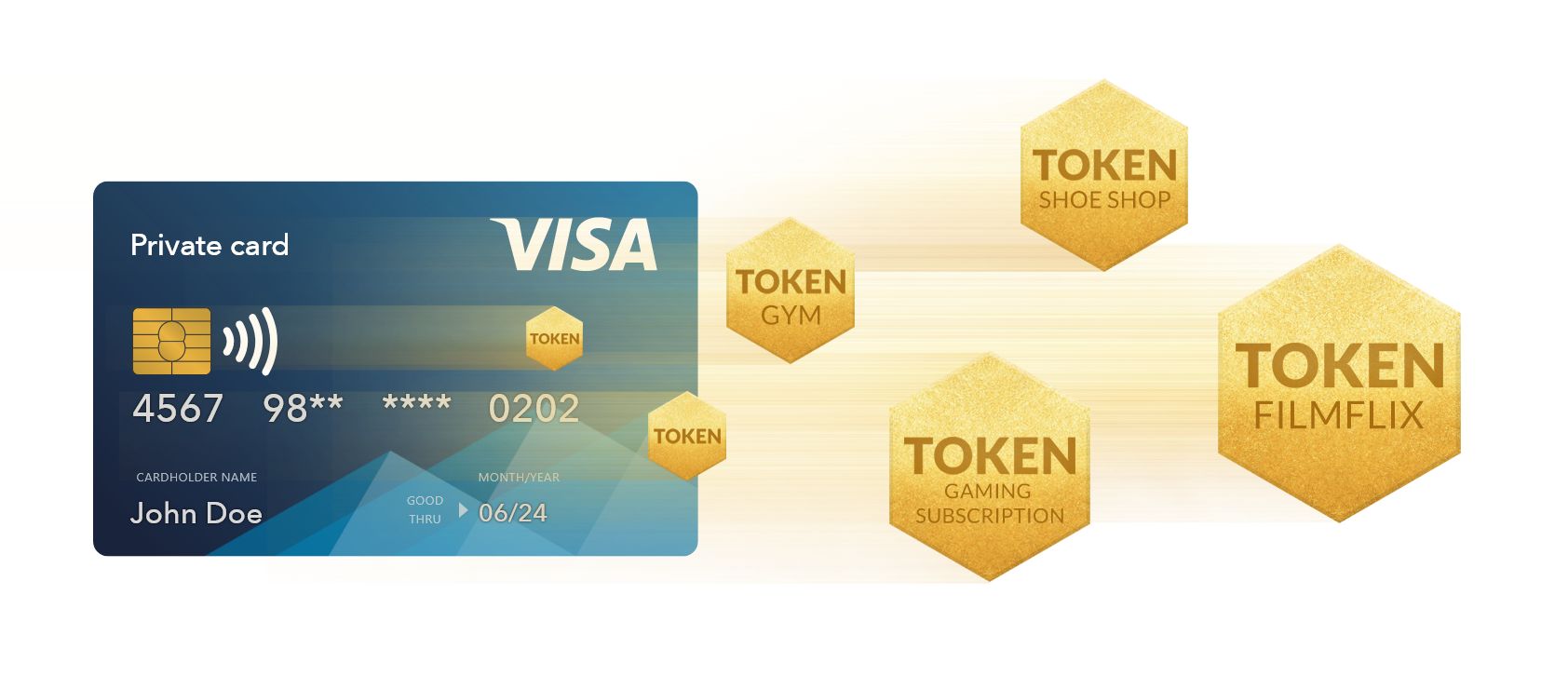Introduction
Digital banking has revolutionized the way we handle and manage our finances. With the ongoing advancements in technology, ensuring the security of online transactions has become a paramount concern. Tokenization has emerged as a powerful solution to enhance the security and privacy of digital banking transactions. In this article, we will explore what tokenization entails, how it works in the context of digital banking, and the benefits and challenges associated with its implementation.
Tokenization is a method used to protect sensitive data by replacing it with a unique identifier, known as a token. This token acts as a placeholder for the actual sensitive data, such as credit card information or personal identification numbers, reducing the risk of unauthorized access to the original data. The token itself holds no value and is meaningless to anyone who does not have access to the tokenization system’s database.
In the realm of digital banking, tokenization plays a vital role in securing transactions. When a customer initiates a payment or shares sensitive information, the data is tokenized before it is transmitted. This process ensures that the original data is never exposed, even if a security breach were to occur. Instead, only the token is used in the transaction, providing an additional layer of security. This integration of tokenization into digital banking systems has proven highly effective in reducing fraud and protecting customer data from unauthorized access.
One of the key benefits of tokenization in digital banking is the increased security it offers. With traditional methods of data storage, such as storing credit card information on servers, the risk of a data breach is significant. However, tokenization minimizes this risk by outsourcing the storage of sensitive data to a separate, secure database. By keeping the actual data separate from the token, even if a hacker were to gain access to the token, they would not be able to reverse-engineer or retrieve the original data.
Moreover, tokenization improves customer trust and confidence in digital banking. By ensuring the security and privacy of their personal information, customers are more likely to engage in online transactions without hesitation. This, in turn, boosts the adoption and usage of digital banking services, creating a win-win situation for both customers and financial institutions.
What is tokenization?
Tokenization is a process in which sensitive data is replaced with a unique identifier, called a token. This token acts as a representation of the original data and can be used in place of the actual data in various transactions and processes. The purpose of tokenization is to enhance security by reducing the exposure of sensitive information.
In the context of digital banking, tokenization is particularly relevant in protecting customer data during online transactions. When a customer shares their credit card information or other sensitive data, it is tokenized before being transmitted to the respective banking system. This means that the actual data is never exposed during the transaction, mitigating the risk of unauthorized access or interception.
The tokenization process involves several steps. First, the sensitive data is captured and sent to a tokenization system. The system then generates a token that is unique to that particular data. This token serves as a reference to the original data without revealing any sensitive information. The tokenized data is then stored in a secure database, separate from the tokenization system, ensuring the highest level of protection.
It is important to note that tokenization is irreversible. Once the data has been tokenized, it cannot be reversed or decrypted to obtain the original values. This adds an additional layer of security, as even if a hacker were to gain access to the tokenized data, they would not be able to retrieve the original sensitive information.
Furthermore, tokenization can be used in various areas of digital banking beyond payment transactions. For example, it can be applied to customer authentication processes, where tokens are used instead of storing and transmitting actual passwords or PINs. This method enhances security by eliminating the need for storing sensitive login credentials and reducing the risk of unauthorized access.
Overall, tokenization is a powerful technique in digital banking that ensures the security and privacy of customer data. By replacing sensitive information with tokens, the risk of data breaches and fraud is significantly reduced. This not only protects customers but also enhances trust and confidence in digital banking services, fostering a more secure and seamless banking experience.
How does tokenization work in digital banking?
Tokenization is a fundamental component of digital banking security. It works by replacing sensitive data with tokens during online transactions, ensuring the privacy and protection of customer information. Let’s explore how tokenization is implemented in the realm of digital banking.
When a customer initiates a transaction, such as making a payment or sharing personal data, tokenization comes into play. The process begins by capturing the sensitive information, such as credit card details or identification numbers. This data is then sent to a tokenization system, which generates a unique token corresponding to that particular data.
The tokenization system ensures that the token and the sensitive data are securely linked in its database. However, it is important to note that the token itself does not contain any sensitive information and holds no value to potential hackers or unauthorized parties.
During a digital banking transaction, instead of transmitting the actual data, the token is used. This means that neither the bank nor any other party involved in the transaction ever sees or stores the original sensitive information. The token acts as a reference point, allowing the digital banking system to identify and process the transaction without exposing the actual data.
Tokenization operates seamlessly within the digital banking infrastructure. It integrates with payment gateways, mobile banking apps, and other digital platforms to replace sensitive data with tokens. When a customer makes a payment, for example, the digital banking system recognizes the token associated with their credit card information and processes the transaction accordingly.
Furthermore, tokenization in digital banking provides an additional layer of security by implementing various security measures. These measures include encryption, ensuring that tokens can only be decrypted by authorized parties possessing a specific decryption key. This prevents unauthorized access to sensitive data even if the token database is compromised.
Additionally, tokenization systems often employ real-time fraud detection algorithms to continuously monitor transactions for suspicious activity. This proactive approach enables banks to identify and prevent fraudulent transactions promptly, thereby safeguarding customer funds and data.
In summary, tokenization secures digital banking transactions by replacing sensitive data with tokens. It ensures that customer information remains protected by preventing the exposure of sensitive data during online transactions. By seamlessly integrating with digital banking systems, tokenization enhances security and builds trust between customers and financial institutions.
Benefits of tokenization in digital banking
Tokenization offers numerous benefits to digital banking, enhancing both security and customer experience. Let’s explore some of the key advantages of implementing tokenization in the digital banking landscape.
1. Enhanced Security: Tokenization significantly reduces the risk of data breaches and fraud. By replacing sensitive information with tokens, the actual data remains protected, even if a security breach occurs. Tokens are meaningless to unauthorized parties without access to the tokenization system’s database, ensuring that customer data remains secure.
2. Privacy Protection: Tokenization provides an extra layer of privacy protection for customers. As the actual data is never transmitted or stored, the risk of personal information falling into the wrong hands is greatly minimized. Customers can trust that their data is being handled securely and confidentially.
3. Reduced PCI DSS Scope: The Payment Card Industry Data Security Standard (PCI DSS) compliance requirements can be complex and resource-intensive. However, implementing tokenization in digital banking helps reduce the scope of PCI DSS compliance. Since sensitive data is replaced with tokens, the actual data is not stored, reducing the number of security requirements surrounding the handling of that data.
4. Seamless User Experience: Tokenization enhances the user experience by streamlining the payment process and reducing friction. Customers can make online transactions without the need to repeatedly enter their sensitive information. By storing tokens for future use, digital banking platforms provide a convenient and hassle-free experience for users.
5. Increased Trust and Confidence: Tokenization plays a critical role in building trust and confidence among customers. With the continuous rise in online fraud and data breaches, customers need assurance that their information is kept secure. By implementing tokenization, digital banks demonstrate their commitment to protecting customer data and maintaining a high level of security.
6. Fraud Detection: Tokenization systems often integrate real-time fraud detection algorithms. These algorithms analyze transaction patterns and behaviors to detect and prevent fraudulent activities promptly. By identifying and stopping fraudulent transactions in real-time, tokenization systems help minimize financial losses for both customers and financial institutions.
7. Flexibility: Tokenization is a flexible solution that can be applied to various digital banking processes beyond payment transactions. It can be used for customer authentication, identity verification, and other data-sensitive procedures. By implementing tokenization across multiple touchpoints, digital banks can ensure consistent security across their platforms.
In summary, tokenization offers significant benefits in terms of security, privacy, compliance, user experience, and fraud prevention in the digital banking space. By tokenizing sensitive data and replacing it with tokens, financial institutions can enhance customer trust, reduce risk, and provide a secure and seamless banking experience.
Challenges of tokenization in digital banking
While tokenization provides numerous benefits in securing digital banking transactions, it also presents certain challenges that need to be addressed. Let’s explore some of the key challenges associated with implementing tokenization in the digital banking landscape.
1. Implementation Complexity: The implementation of tokenization in digital banking systems can be complex and time-consuming. It requires integration with existing infrastructure, including payment gateways and backend systems. Adjustments may need to be made to ensure a seamless tokenization process, which can be challenging for organizations with legacy systems.
2. Token Management: Managing and safeguarding tokens can be a challenge for digital banks. The tokenization system needs to efficiently handle the generation, storage, and retrieval of tokens. Secure databases and encryption algorithms need to be in place to protect the tokens from unauthorized access.
3. Scope of Tokenization: Tokenization typically focuses on specific data sets, such as credit card information, to secure payment transactions. However, there may be other types of sensitive data, such as personal identification numbers or bank account details, that also need to be tokenized. Expanding the scope of tokenization to cover all relevant data categories can present challenges in terms of system integration and management.
4. Standardization: Standardization of tokenization practices and formats is essential to ensure interoperability among different digital banking systems. Establishing industry-wide standards can be challenging, as different organizations may adopt their own tokenization methods. This lack of standardization can create complexities when integrating systems or conducting cross-platform transactions.
5. Customer Education: Tokenization is a relatively new concept in the digital banking landscape, and many customers may not fully understand its benefits or how it works. Providing clear and concise information about tokenization and its impact on security and privacy is crucial to ensure customer trust and encourage adoption.
6. Regulatory Compliance: Tokenization in digital banking must comply with relevant data protection and privacy regulations, including the General Data Protection Regulation (GDPR). Financial institutions need to ensure that their tokenization processes align with legal requirements and maintain compliance throughout the lifecycle of tokenized data.
7. Cross-Border Operations: Tokenization in digital banking may face challenges when operating across international borders. Different jurisdictions have varying regulations and data protection laws, which can impact the implementation and handling of tokenized data. Ensuring compliance with local laws and regulations can be complex for digital banks operating on a global scale.
Addressing these challenges requires close collaboration between digital banking institutions, technology providers, regulators, and industry bodies. By working together, the industry can overcome these hurdles and maximize the benefits of tokenization while ensuring a secure and trusted environment for digital banking customers.
Example of tokenization in digital banking
To understand how tokenization works in practice, let’s consider an example of its application in digital banking.
Suppose a customer wants to make an online purchase using their credit card. When they enter their credit card information on the merchant’s website, the payment gateway captures this sensitive data and sends it to a tokenization system.
The tokenization system generates a token unique to that credit card information. This token is then sent back to the merchant’s website, replacing the actual credit card data. The token is also stored securely in the tokenization system’s database, linking it to the original credit card information.
Now, when the merchant processes the payment, they use the token instead of the actual credit card details. The token is transmitted securely over the network to the payment processor, who recognizes the token and retrieves the corresponding credit card information from the tokenization system’s database.
Since the tokenization system only stores tokens and not the actual credit card data, the risk of unauthorized access to the customer’s sensitive information is minimized. Even if a security breach were to occur, the hacker would only be able to access the tokens, which are meaningless without access to the tokenization system’s database.
Tokenization also offers a convenient and seamless experience for customers. Once a token is generated for a specific credit card, it can be stored securely by the merchant or payment processor for future use. This means that during subsequent transactions, the customer does not need to enter their credit card information again. Instead, the stored token is used to process the payment, providing a frictionless checkout experience.
Another example of tokenization in digital banking is customer authentication. Rather than storing and transmitting actual passwords or personal identification numbers (PINs), tokens can be used to verify and authenticate customers. This eliminates the need to store sensitive login credentials, reducing the risk of unauthorized access to customer accounts.
Overall, tokenization in digital banking provides a secure and efficient way to protect sensitive customer information during transactions. By replacing sensitive data with tokens, banks and financial institutions can minimize the risk of data breaches and identity theft, while ensuring a seamless and convenient experience for their customers.
Conclusion
Tokenization has become a crucial security measure in the realm of digital banking. By replacing sensitive data with tokens, it enhances the security, privacy, and trustworthiness of online transactions. Throughout this article, we have explored what tokenization entails, how it works in digital banking, and the benefits and challenges associated with its implementation.
Tokenization offers a wide array of benefits in digital banking. It enhances security by reducing the risk of data breaches and fraud, protects customer privacy by ensuring sensitive information is never exposed, and reduces the scope of PCI DSS compliance. Moreover, it provides a seamless user experience, increases customer trust and confidence, and enables real-time fraud detection.
However, tokenization also has its challenges. Implementing tokenization can be complex, requiring integration into existing systems and secure token management. Standardization of tokenization practices and educating customers about its benefits are also important considerations. Financial institutions must also address regulatory compliance and navigate cross-border operations.
Despite these challenges, the adoption of tokenization in digital banking is vital. It strengthens the security infrastructure of digital banking systems, safeguards sensitive data, and minimizes the risk and impact of data breaches. By implementing tokenization, financial institutions can build trust among their customers, promote the adoption of digital banking services, and ensure a secure and seamless banking experience.
As technology advances and cybersecurity threats evolve, tokenization will continue to play a significant role in enhancing the security landscape of digital banking. Institutions must stay vigilant, continuously improve their tokenization processes, and collaborate to establish industry-wide standards and best practices. By doing so, they can effectively combat evolving threats, protect customer information, and foster a secure and trustworthy digital banking environment.
In conclusion, the implementation of tokenization in digital banking is a crucial step in enhancing security and safeguarding customer information. Through tokenization, financial institutions can create fortified defenses against cyber threats, build trust among customers, and provide a seamless and secure digital banking experience in an increasingly interconnected world.







